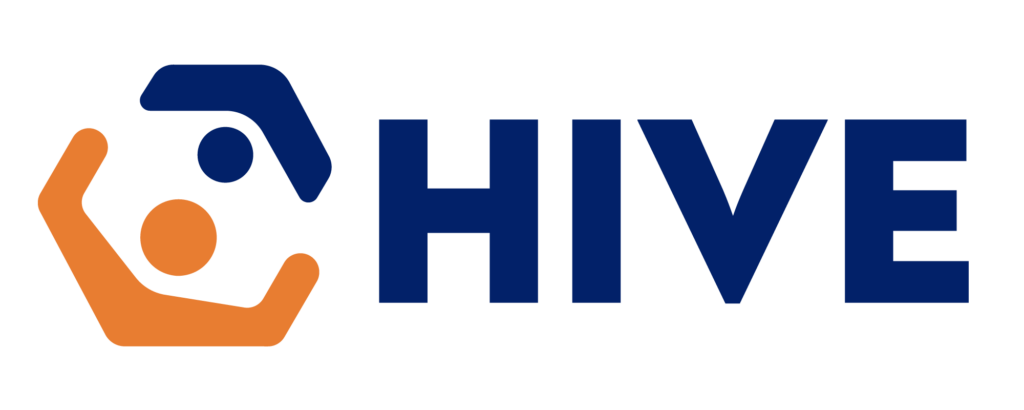HIVE LAUNCH MEETING
HIV Impact Network for Vertical Transmission Elimination: Launch Meeting
Location: Sandton Convention Center, Johannesburg, South Africa
Dates: December 4th – 6th 2024

Overview
With support from the Gates Foundation, ICAP at Columbia University and Paediatric-Adolescent Treatment Africa (PATA) are launching a new impact network initiative aimed at Elimination of Vertical Transmission of HIV across six countries in Africa with the highest burden of infant infection, namely Kenya, Mozambique, Nigeria, South Africa, Tanzania, and Zambia. The HIV Impact Network for Vertical Transmission Elimination (HIVE) is designed to build upon the foundational work of the HIV Coverage Quality and Impact Network (CQUIN), which has successfully enhanced the quality and coverage of differentiated HIV services since 2017, as well as PATA’s longstanding engagement with vertical elimination health care workers across several African countries.
Despite significant global advancements in the fight against HIV, the rate of new infections among children has seen limited progress over the last decade years. In sub-Saharan Africa, where the burden of HIV is highest, efforts to prevent HIV vertical transmission have been hampered by challenges in identifying pregnant and breastfeeding women living with HIV, initiating them on ART, and retaining them and their infants within the healthcare system. The HIVE network will respond directly to these challenges by focusing on improving the identification of pregnant women living with HIV, ensuring their continuous treatment, monitoring and engagement with healthcare services, and enhancing early HIV testing and treatment for infants through a multi-country peer-to-peer exchange of best practices, knowledge and innovations, and co-creation of tools and resources to address common gaps.
HIVE will focus on the Global Alliance to End AIDS in Children’s Pillar II, which aims to “close the treatment gap for pregnant and breastfeeding women living with HIV and optimize continuity of treatment towards the goal of elimination of vertical transmission.” Working in partnership with PATA, ICAP will lead multi-country network activities, while PATA will focus on intra-country efforts linking and learning, providing country-specific coordination and targeted technical assistance support for rapid uptake of impactful best practices in Mozambique, Nigeria, and South Africa.
With funding from the Gates Foundation, the HIVE Impact Network seeks to bring together stakeholders from Ministries of Health, donors, international organizations, implementing partners, and civil society to share knowledge, foster collaboration, and implement impactful best practices in eliminating vertical transmission.
Meeting Goals and Objectives
The goal of the launch meeting is to officially initiate the HIVE impact network, facilitating a robust exchange of best practices and setting the stage for the rapid adoption of innovative and impactful interventions.
The specific objectives of the meeting are to:
- Introduce HIVE’s strategic goals, implementation framework, and expected outcomes.
- Engage member countries to document the status of their vertical transmission elimination programs using the HIVE capability maturity model (CMM).
- Discuss best practices, lessons learned, and gaps/needs related to the elimination of vertical transmission.
- Support the development of country-specific action plans and projections for 2025 that align with gaps identified and their global alliance country priorities.
- Identify common gaps, challenges, and opportunities for future joint learning; co-creation of tools and resources; facilitate country-to-country exchange visits; enhance collaboration among member countries; and provide technical assistance support.
- Orient subnational level vertical transmission prevention leads to the CMM and initiate plans for development and implementation of a subnational CMM.
Speakers
The meeting will host approximately 100 participants, including:
- Representatives from Ministries of Health in the participating countries.
- International organizations such as WHO, UNAIDS, UNICEF, and PEPFAR.
- Members of the Global Alliance regional hubs.
- Implementing partners and civil society organizations involved in HIV vertical transmission prevention.
- Experts in maternal and child health and HIV service delivery.
- Community representatives and networks of people living with HIV.
Deliverables
- A shared understanding of the HIVE network goals and strategies.
- Baseline HIVE CMM results for all six member countries.
- Country-specific action plans that delineate priority interventions, measurable targets for scaling up impactful vertical transmission prevention programs, and accountability for implementing and funding the activities.
- A meeting report that outlines key lessons learned and cross-cutting challenges to inform network priorities.
